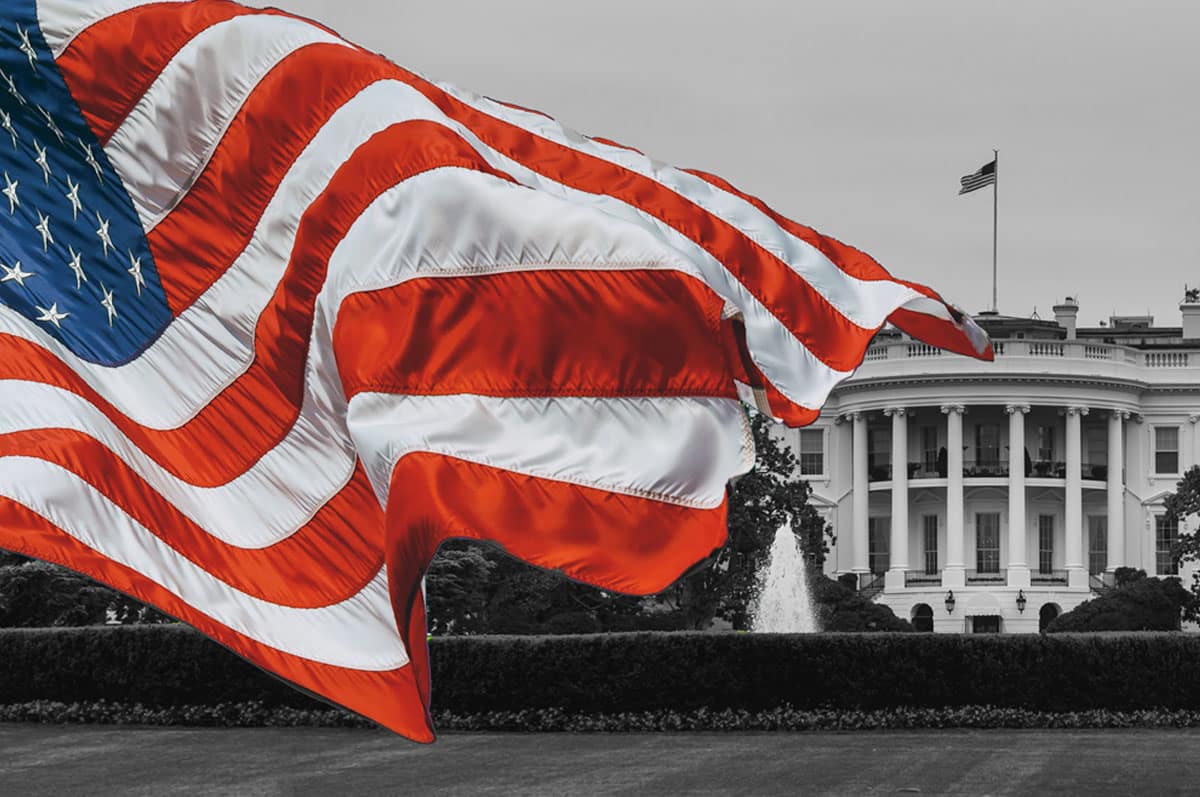By Nick Graham - Solution Architect – Public Sector, Skyhigh Security
January 30, 2024 3 Minute Read

In an era where artificial intelligence (AI) is reshaping the global landscape, President Biden’s administration is taking a monumental step. Three months ago, President Biden issued an executive order that establishes the United States’ first regulations on AI systems. This pioneering move aims to harness the potential of AI while mitigating its risks, particularly in the realms of national security and consumer protection.
The Essence of the Executive Order
The executive order focuses on the most advanced AI products, mandating rigorous testing to ensure they cannot be exploited to produce biological or nuclear weapons. The White House’s directive is clear: to protect Americans from the potential dangers accompanying the rapid advancements in AI technology. These precautions are not just confined to defense; they extend to the digital realm, where the creation of ‘deep fakes’ and convincing disinformation is becoming increasingly prevalent.
The timing of this order is strategic, preceding a significant AI safety conference organized by Britain’s Prime Minister, Rishi Sunak. The U.S. is not the first to venture into AI regulation; it follows in the footsteps of the European Union and countries like China and Israel. However, President Biden’s regulations are touted as the most comprehensive and aggressive globally.
Impact on Technology and Security
The new U.S. rules, some of which will be effective within 90 days, will have profound implications for the technology sector. They set first-time standards for safety, security, and consumer protections, influencing how companies develop and implement AI technologies. This is particularly relevant in light of recent restrictions on the export of high-performance chips to China, aimed at curbing the development of large language models like ChatGPT.
These groundbreaking regulations are not without their challenges. Legal and political hurdles are expected, especially since the order primarily targets future AI systems, leaving immediate threats, like the misuse of chatbots for spreading disinformation, relatively unaddressed. Furthermore, the order’s enforceability is limited to American companies, presenting diplomatic challenges in a global software development environment.
A Multifaceted Approach to AI Safety
The executive order is comprehensive, instructing various departments, including Health and Human Services, to establish clear safety standards for AI use. It also mandates studies on AI’s impact on the labor market and guidelines to prevent algorithmic discrimination in housing, contracting, and federal benefits.
The Federal Trade Commission (FTC) is set to play a crucial role as an AI watchdog, with Lina Khan, the FTC chair, signaling a more aggressive approach. The tech industry has shown support for regulations, with major companies like Microsoft, OpenAI, Google, and Meta agreeing to voluntary safety commitments.
Balancing Act: Innovation and Regulation
President Biden’s approach to AI regulation seeks to balance the need for innovation with the necessity of creating safeguards against abuse. This involves supporting U.S. companies in the global AI race while ensuring that these powerful tools are used responsibly and ethically.
A separate National Security Memorandum, expected next summer, will detail regulations specifically aimed at protecting national security. These will likely include both public and classified measures to prevent the misuse of AI systems by foreign nations or nonstate actors in areas like nuclear proliferation and biological warfare.
The Path Ahead
The Biden administration’s initiative represents a crucial first step in addressing the multifaceted challenges posed by AI. While it sets a global precedent, it also acknowledges the dynamic nature of AI technology, suggesting a cautious approach to regulation. This landmark move underscores the need for continuous dialogue and adaptation as we navigate the uncharted waters of AI development and its implications for society.
In light of these significant developments, it’s crucial for organizations like Skyhigh Security to lead the way in adapting and responding to these regulations. We must be proactive in ensuring that our AI solutions not only comply with the new standards but also set the bar for responsible and secure AI use.
Here at Skyhigh Security, we encourage you to engage with these regulatory changes actively. Stay informed about how these regulations will affect your operations and strategies. Consider how you can leverage AI responsibly to enhance your cybersecurity measures and protect against evolving digital threats. We invite you to participate in discussions and forums hosted by Skyhigh Security, where experts will break down the implications of these regulations and offer insights on integrating them into your cybersecurity framework.
Let’s embrace this opportunity to pioneer a future where AI enhances our security postures. By working together, we can ensure that AI is a force for good, fortifying our defenses against cyber threats while respecting ethical boundaries. Join us in this journey towards a more secure and AI-empowered future.
Back to Blogs